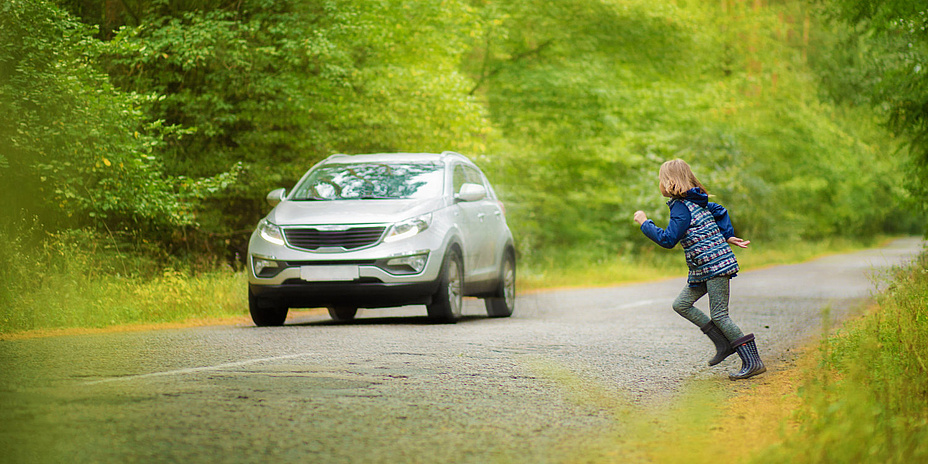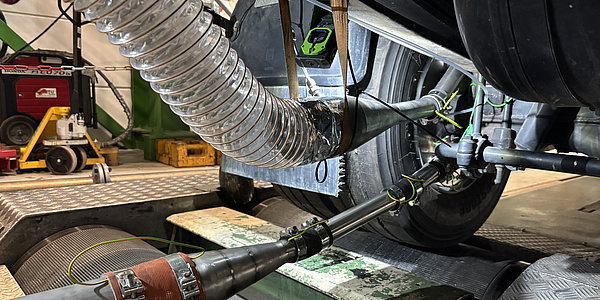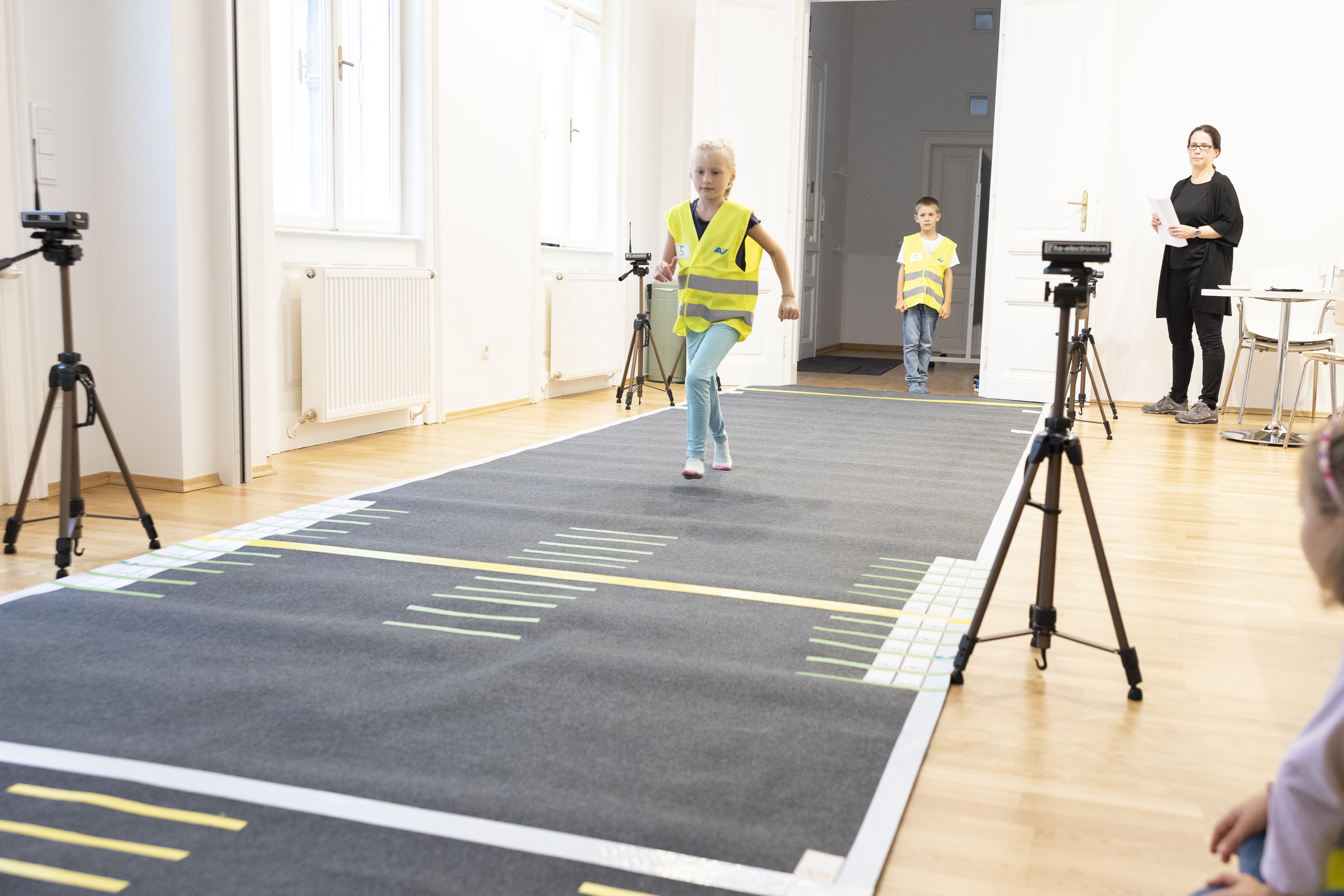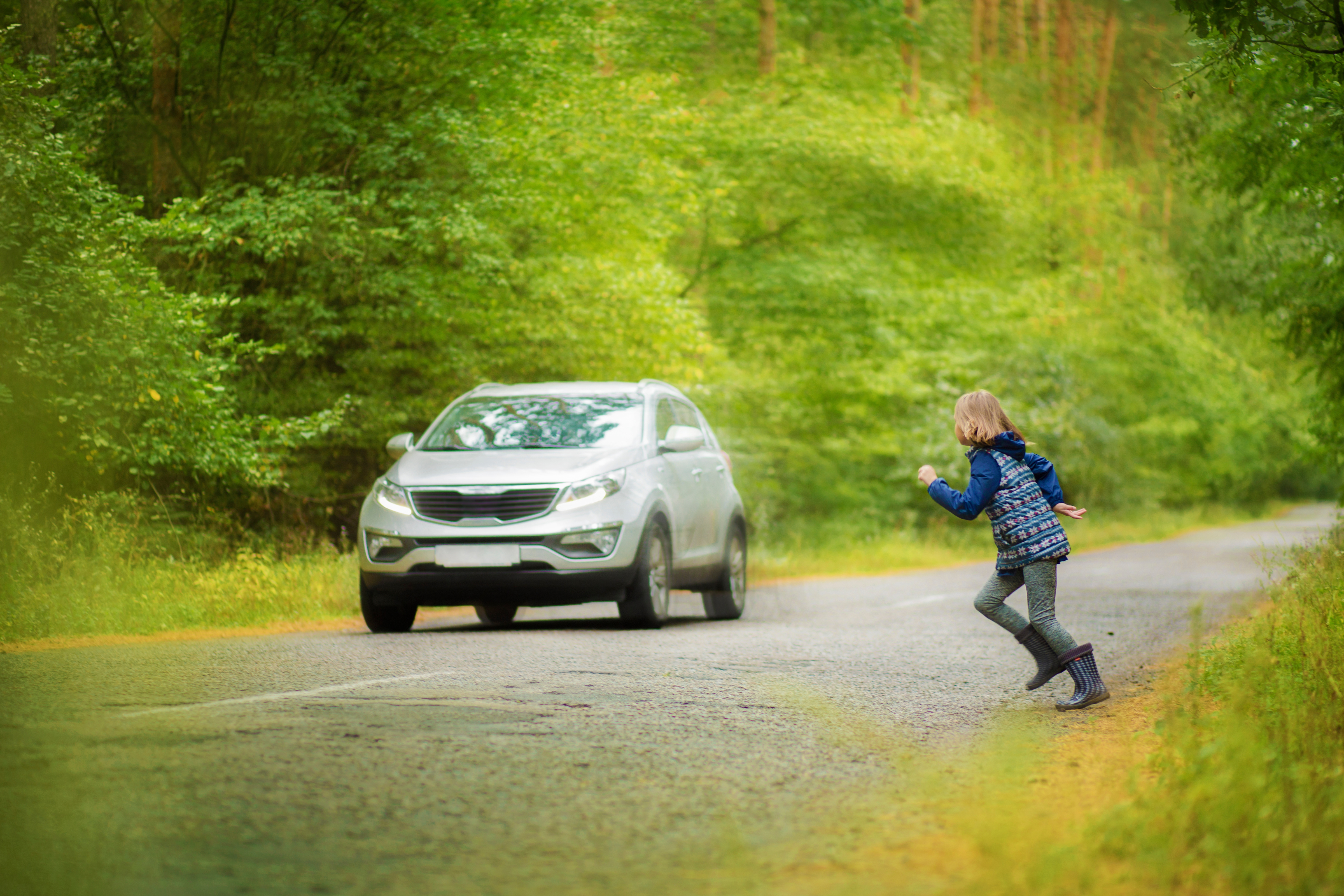Accident Research: Running Elementary School Children Need 1.8 Metres to Stop

The reconstruction of road traffic accidents provides important insights into how they can be avoided. If pedestrians are involved, experts use kinematic models that include typical values for acceleration, speed, reaction time and the distance required to stop. Until now, however, there has been no corresponding data for children, although their movement patterns differ significantly from those of adults. As part of the KISIMO research project, Ernst Tomasch from the Vehicle Safety Institute at Graz University of Technology (TU Graz) and Bettina Schützhofer from the traffic psychology institute "sicher unterwegs" have now collected such data for children of primary school age and made it available for accident research.
1.8 metres to a standstill - regardless of age
"Unlike adults, children up to a certain age cannot simply interrupt a movement they have started," says traffic psychologist Bettina Schützhofer. They therefore need more time and more distance in road traffic before they can stop. The researchers therefore carried out movement tests with children aged between six and ten in which they had to walk or run in order to stop as quickly as possible when they heard a whistle. One key finding: regardless of age, running children needed around 1.8 metres to come to a stop. "The older children reacted more quickly to the signal and were also able to slow down more," explains Ernst Tomasch. "However, due to their higher initial speed, their deceleration distance was the same as that of the younger children."
Design traffic areas to be easily observable for children
The researchers have already presented their data on acceleration, maximum speeds and stopping distances of primary school children at workshops with accident inspectors. However, the findings can also facilitate the design of safe road space. "The traffic space should therefore be easily visible to children so that they can stop in good time in the event of danger," says Ernst Tomasch.
The research project KISIMO was funded by the Austrian Road Safety Fund of the Federal Ministry for Climate Action, Environment, Energy, Mobility, Innovation and Technology as part of the 6th VSF call for tenders "schwer-Verkehr-sicher!".
This research is anchored in the Field of Expertise "Mobility & Production", one of five strategic foci of TU Graz.
Would you like to receive the latest stories, news, research stories, interviews or blog posts from TU Graz directly on your smartphone or in your email inbox? Subscribe to the TU Graz Telegram newsletter free of charge.
Kontakt
Ernst TOMASCH
Dipl.-Ing. Dr.techn.
TU Graz | Vehicle Safety Institute
Phone: +43 316 873 30313
ernst.tomasch@tugraz.at






